How Cisco Meraki SD-WAN Simplifies Enterprise Connectivity with Hub-and-Spoke Design

In today’s cloud-driven business environment, reliable and secure connectivity across multiple branch locations has become a cornerstone of success. Traditional WAN architectures, which rely heavily on MPLS circuits and static routing, often fall short in meeting the agility, performance, and scalability demands of modern enterprises. Cisco Meraki SD-WAN, powered by a cloud-managed approach, brings a refreshing simplicity to wide area networking. When deployed using a hub-and-spoke topology, it provides organizations with a seamless, secure, and intelligent way to connect distributed sites while maintaining centralized control.
At the heart of Merakis SD-WAN solution lies the principle of centralized management combined with intelligent routing. In a hub-and-spoke model, all branch offices (the spokes) connect to a central hub, typically a data center, headquarters, or cloud gateway. This hub serves as the main aggregation point for traffic, security enforcement, and access to corporate resources. Instead of creating complex mesh networks where every branch communicates directly with every other branch, the hub-and-spoke design simplifies communication flows, reducing configuration overhead and making network management far more efficient.
The deployment process is incredibly straightforward thanks to Merakis intuitive cloud dashboard. IT administrators can configure VPN tunnels, set up routing policies, and apply security rules across multiple sites without needing to log into individual devices. Zero-touch provisioning allows new branches to come online quickly, plug in a Meraki MX security appliance, connect it to the internet, and it will automatically download its configuration from the Meraki Cloud. This dramatically reduces deployment time and operational costs, especially for organizations managing dozens or even hundreds of locations.
One of the standout features of Meraki SD-WAN is its ability to optimize application performance in real time. The system continuously monitors network conditions such as latency, jitter, and packet loss, dynamically choosing the best path for critical traffic. For instance, voice and video calls can be routed through the lowest-latency path, while less sensitive data can use secondary links. This ensures consistent user experiences across all branches, even if an internet connection degrades.
Security is also deeply integrated into the Meraki SD-WAN architecture. Each site-to-site VPN connection is automatically encrypted, ensuring data integrity and privacy across public internet links. The centralized policy control allows administrators to enforce uniform firewall rules, content filtering, and intrusion prevention across every branch, eliminating the risk of inconsistent configurations.
Beyond connectivity and security, analytics play a vital role in Merakis’ value proposition. Through the dashboard, IT teams gain visibility into network health, bandwidth usage, and application performance across all locations in real time. Detailed reporting and automated alerts help identify issues before they impact users, enabling proactive troubleshooting and performance tuning.
In essence, Cisco Meraki SD-WAN with a hub-and-spoke architecture transforms the way enterprises think about connectivity. It replaces the complexity of traditional WAN models with an intelligent, cloud-first approach that emphasizes simplicity, scalability, and control. Whether an organization is expanding globally, supporting hybrid work, or moving applications to the cloud, Meraki SD-WAN ensures that every branch stays securely connected and consistently optimized.
By combining centralized management, intelligent routing, and deep security integration, Cisco Meraki SD-WAN empowers IT teams to focus less on manual configuration and more on driving innovation. It’s a future-ready networking solution that not only simplifies operations but also ensures the agility needed to thrive in the modern digital landscape.

 Finland
Finland Germany
Germany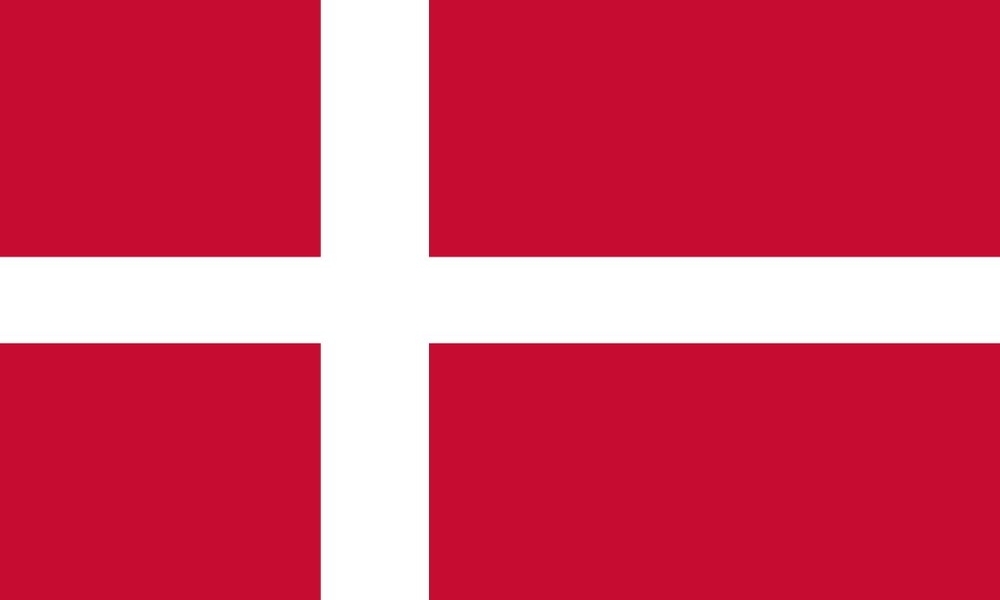 Denmark
Denmark Sweden
Sweden Italy
Italy Netherlands
Netherlands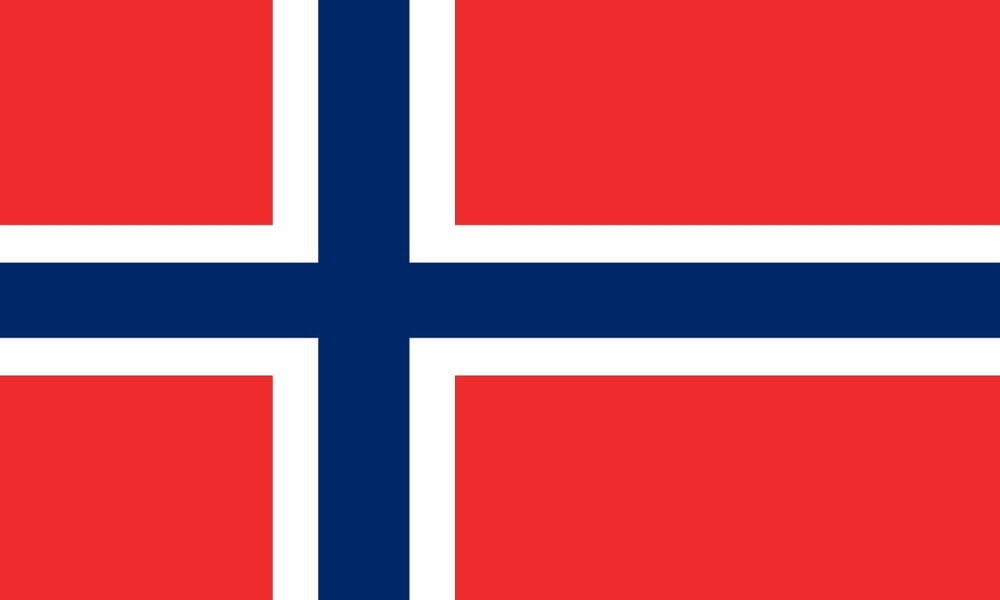 Norway
Norway 






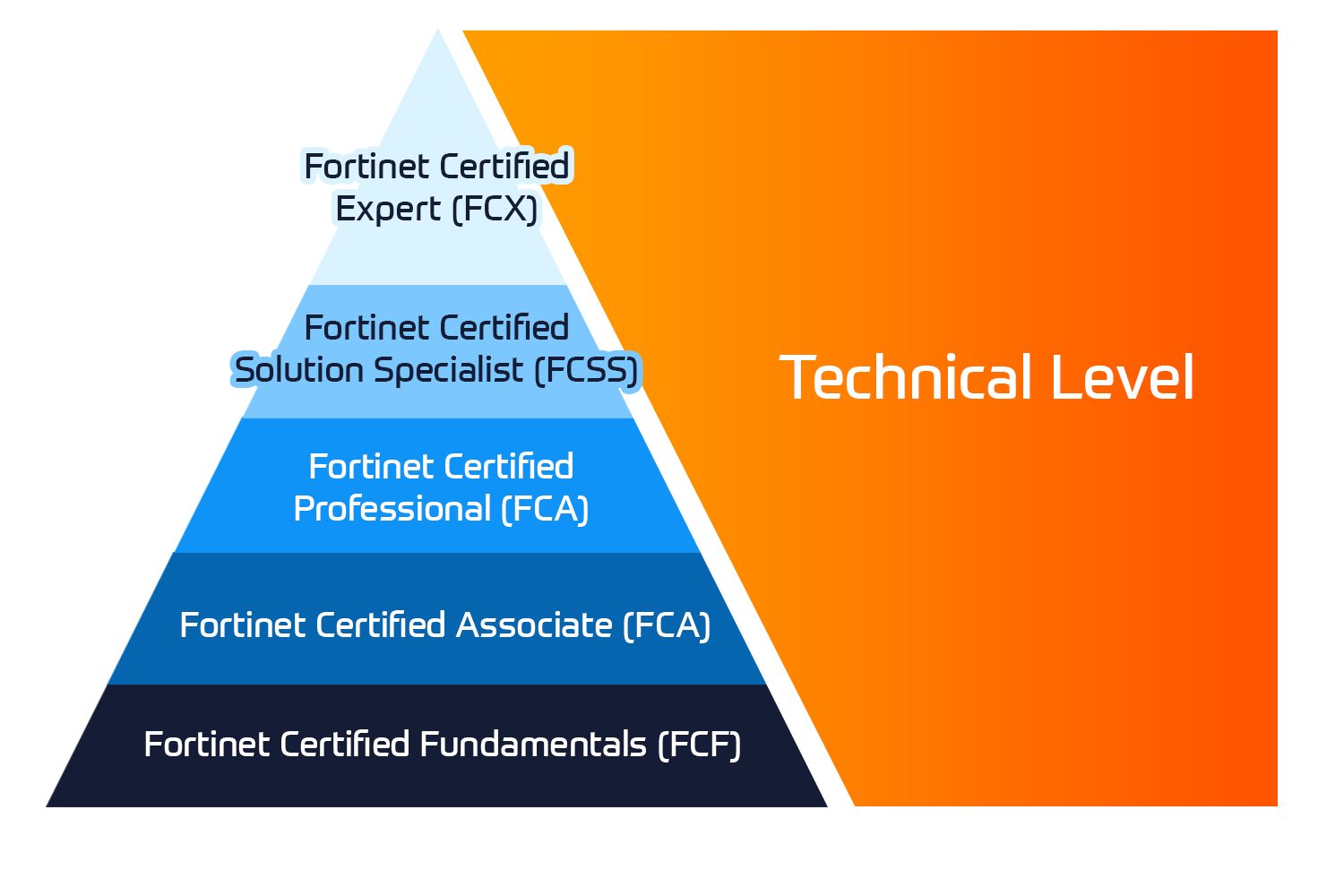















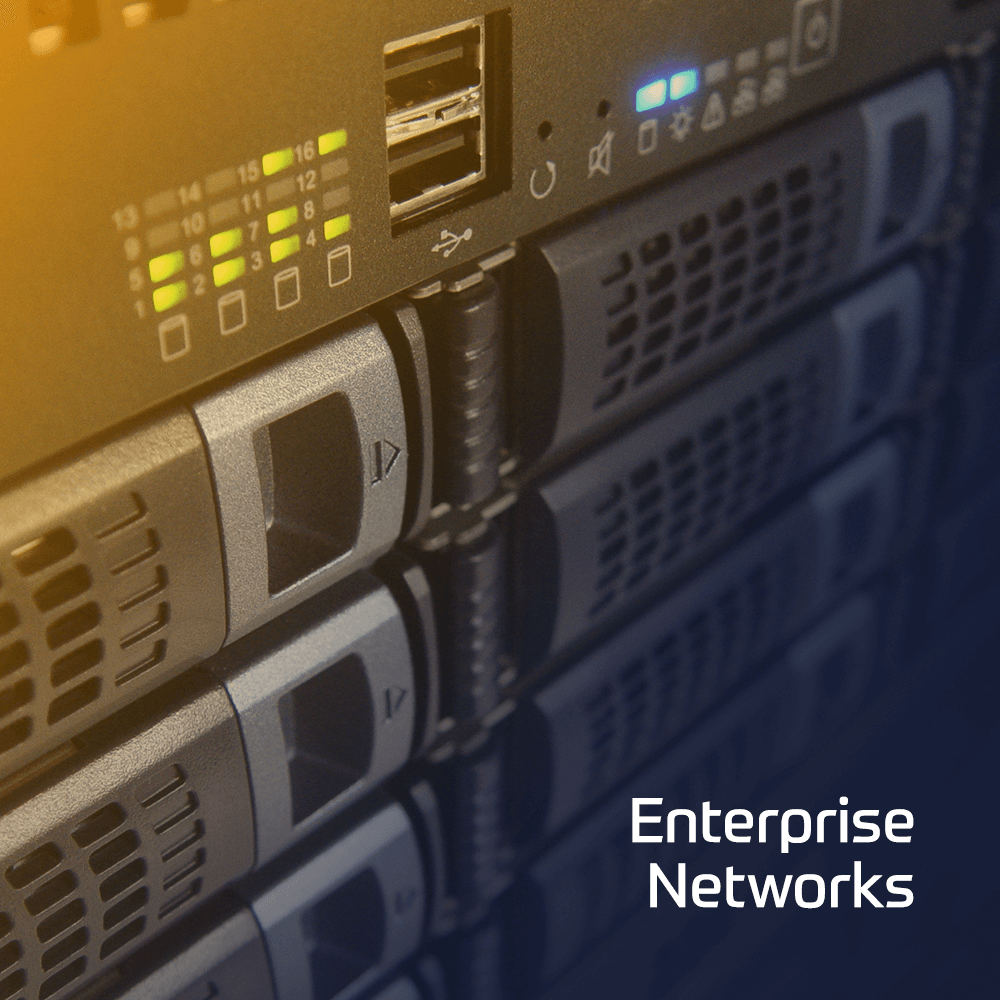





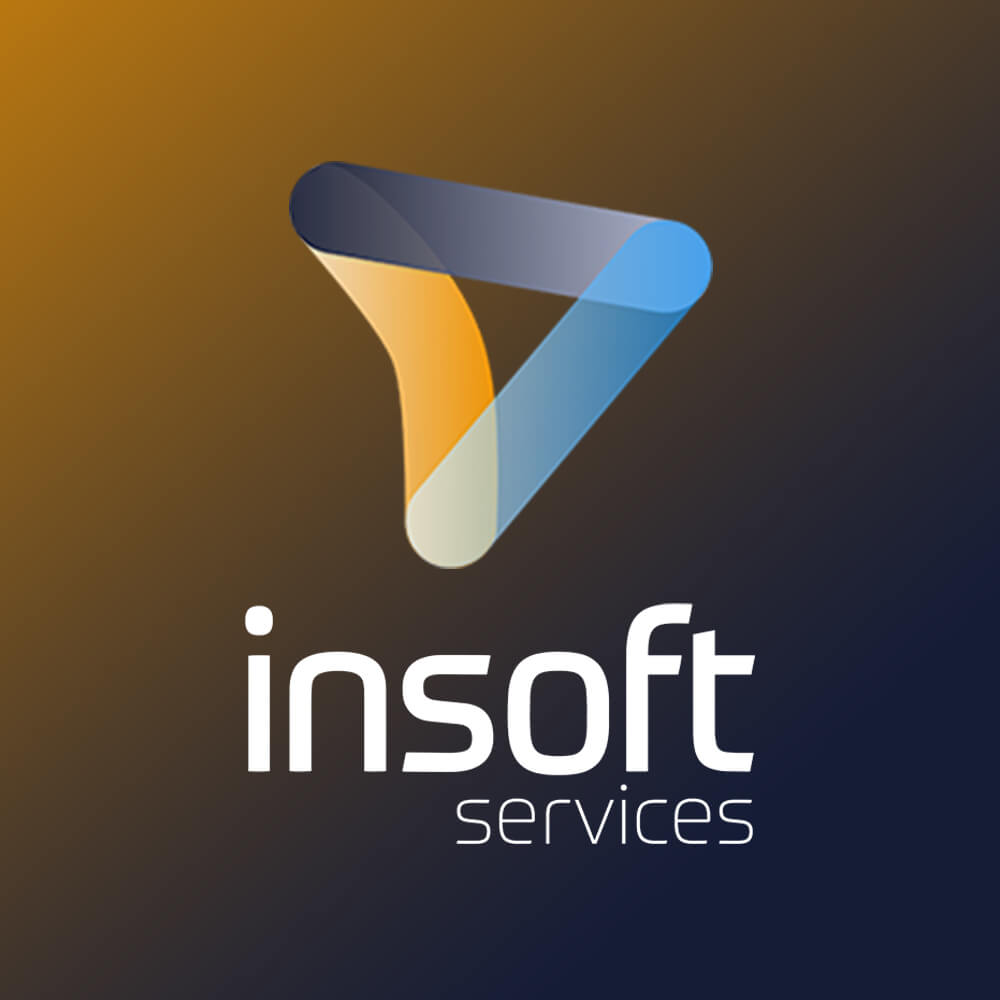

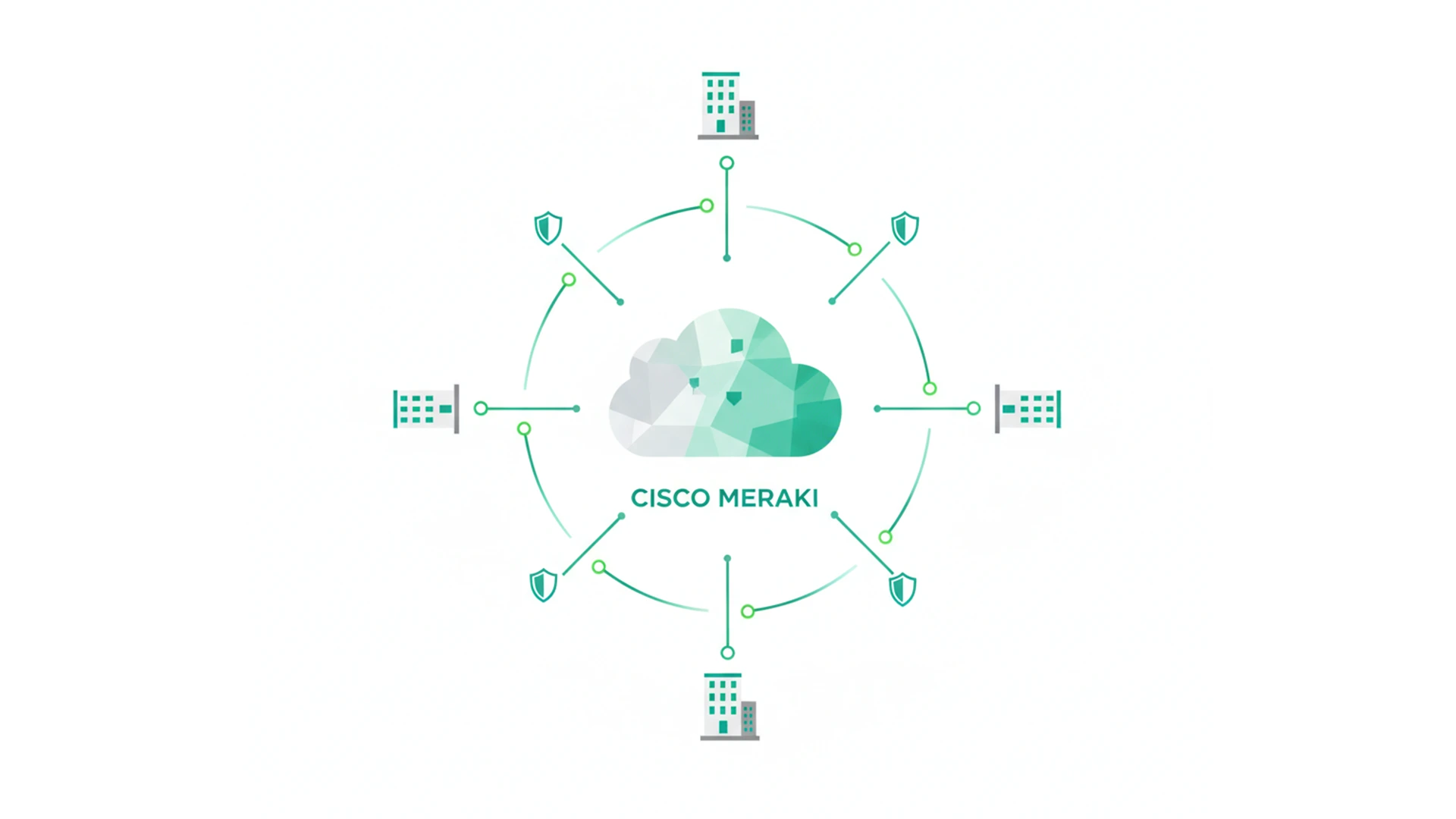
No Comments